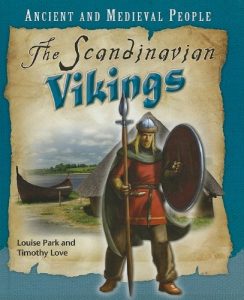 “An introduction to the history and lifestyle of Scandinavian Vikings”–Provided by publisher.
“An introduction to the history and lifestyle of Scandinavian Vikings”–Provided by publisher.
Information Book
Say What?: The Weird and Mysterious Journey of the English Language
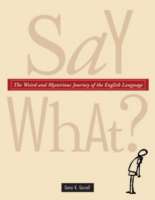
Presents the history of the modern English language and how previous languages and civilizations influenced its development.
Tsunami Warning
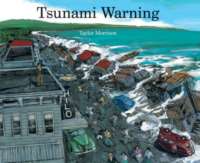
In 2004 tsunamis in the Indian Ocean swept over entire islands, wiping some of them completely off the map and killing more than 230,000 people. Unfortunately, tsunamis like these cannot be stopped, but they can be better understood. What causes these huge waves to form? How can they be detected? And what can be done to alert people that these fast-moving waves are approaching?As author and illustrator Taylor Morrison explains, ever since a deadly tsunami hit Hawaii in 1946, scientists have been hard at work, developing the first Seismic Sea Wave Warning System and studying these powerful waves in hopes of saving lives by decreasing false alarms and by reacting with greater speed and accuracy to real threats.
The Word Snoop
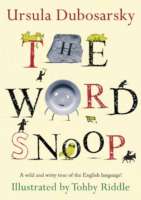
Meet the Word Snoop. She’s dashing and daring and witty as can be—and no one knows more about the evolution of the English language than she does. Luckily, she’s spilling her secrets in this gem of a book. From the first alphabet in 4000 BC, to anagrams, palindromes, and modern-day text messages, readers will learn all about the fascinating twists and turns our fair language has taken to become what it is today. With playful black-and-white illustrations, riddles to solve, and codes to break, The Word Snoop is definitive proof that words can spark the imagination and are anything but dull. This is a book for every aspiring writer, and every true reader.ima
A Sociology Of Special Education
Through Time: London
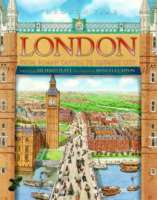
From a Neolithic camp to the host of the 2012 Summer Olympics, very few cities have seen as much history, innovation, and bloodshed as London. In this beautiful book, readers take an historical, geographical, and anthropological journey through London’s past through amazing artwork and detailed cross sections. From the earliest habitations to the Roman and Viking invasions, the Plague, Shakespeare, The Great Fire, right up to the Industrial Revolution, the Blitz, and more, readers will uncover layer after layer of London’s magnificent history and learn about the people who have called the city home.
Seal Journey
The Tarantula Scientist (Scientists In The Field)
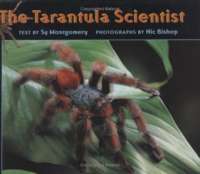
Yellow blood, silk of steel, skeletons on the outside! These amazing attributes don”t belong to comic book characters or alien life forms, but to Earth”s biggest and hairiest spiders: tarantulas. Here you are invited to follow Sam Marshall, spider scientist extraordinaire (he”s never been bitten), as he explores the dense rainforest of French Guiana, knocking on the doors of tarantula burrows, trying to get a closer look at these incredible creatures. You”ll also visit the largest comparative spider laboratory in America—where close to five hundred live tarantulas sit in towers of stacked shoeboxes and plastic containers, waiting for their turn to dazzle and astound the scientists who study them.
My Japan

A young boy, Yumi, discusses his life in Japan, describing his home life, food, a typical day at his school, summer vacation, transportation, holidays, the city, and systems of writing.
Close To The Wind: The Beaufort Scale
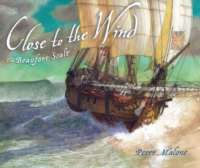
In 1810, a British naval officer and surveyor named Francis Beaufort developed a scale to give sailors a common language for describing the wind. From 0 (calm) to 12 (hurricane), stunning artwork and jaunty prose show what life at sea must have been like for a young boy serving as a midshipman in the 1800s. As William sails from Naples to the Caribbean, we learn intriguing historical information and nautical terminology, and witness how the wind affected day-to-day life on a ship. Detailed illustrations show the wind at work, and readers will be engrossed and fascinated as they watch the storm develop in magnificent full-color paintings.


